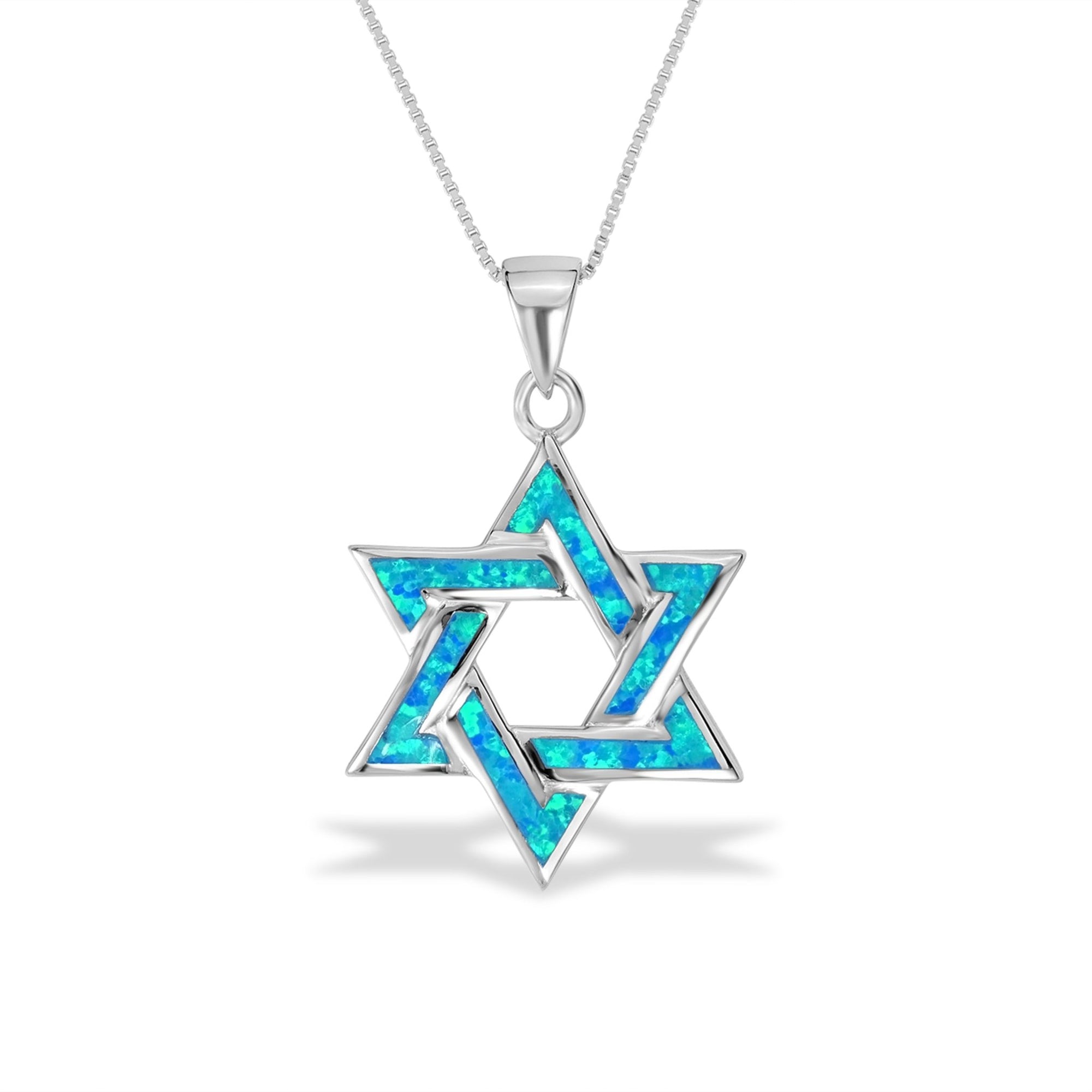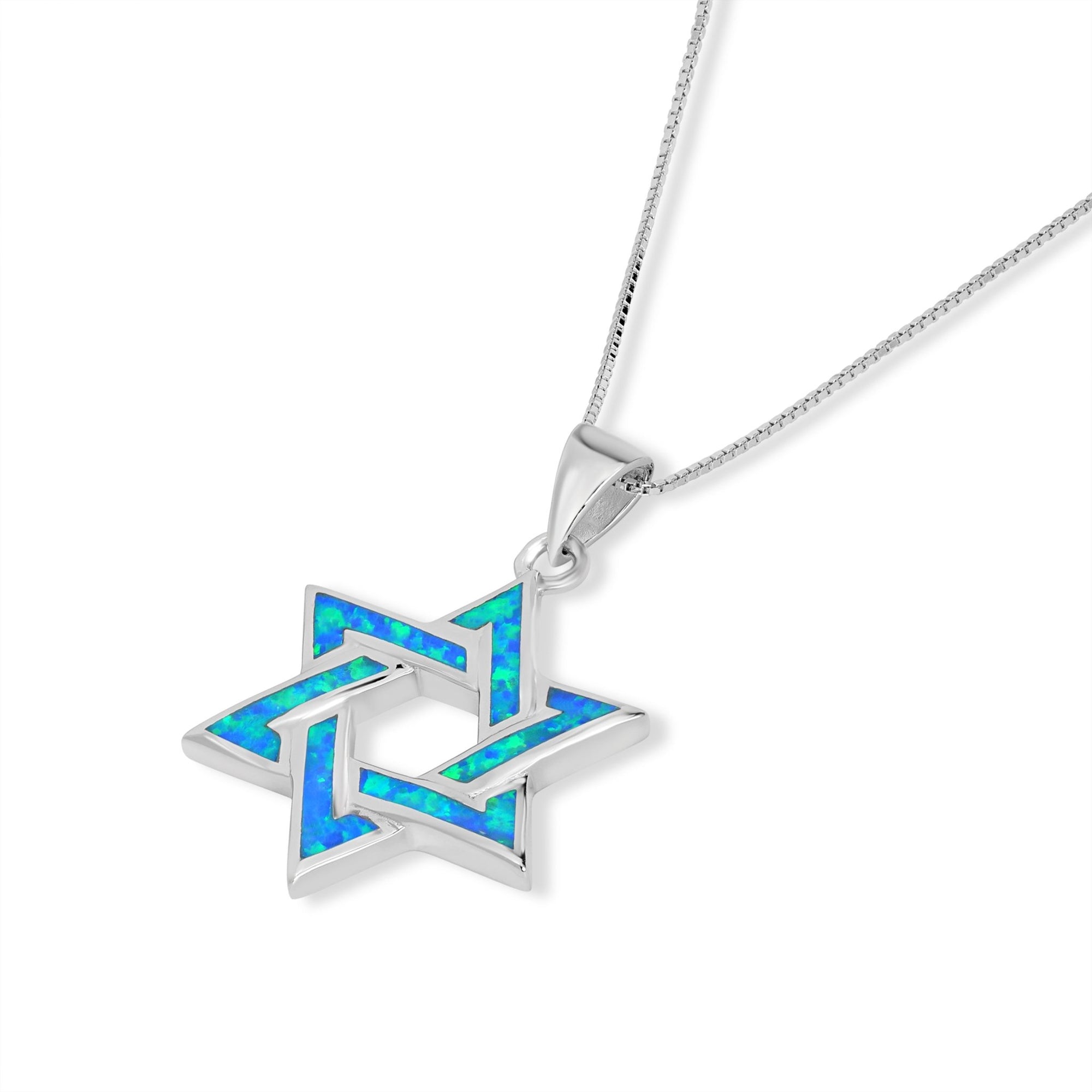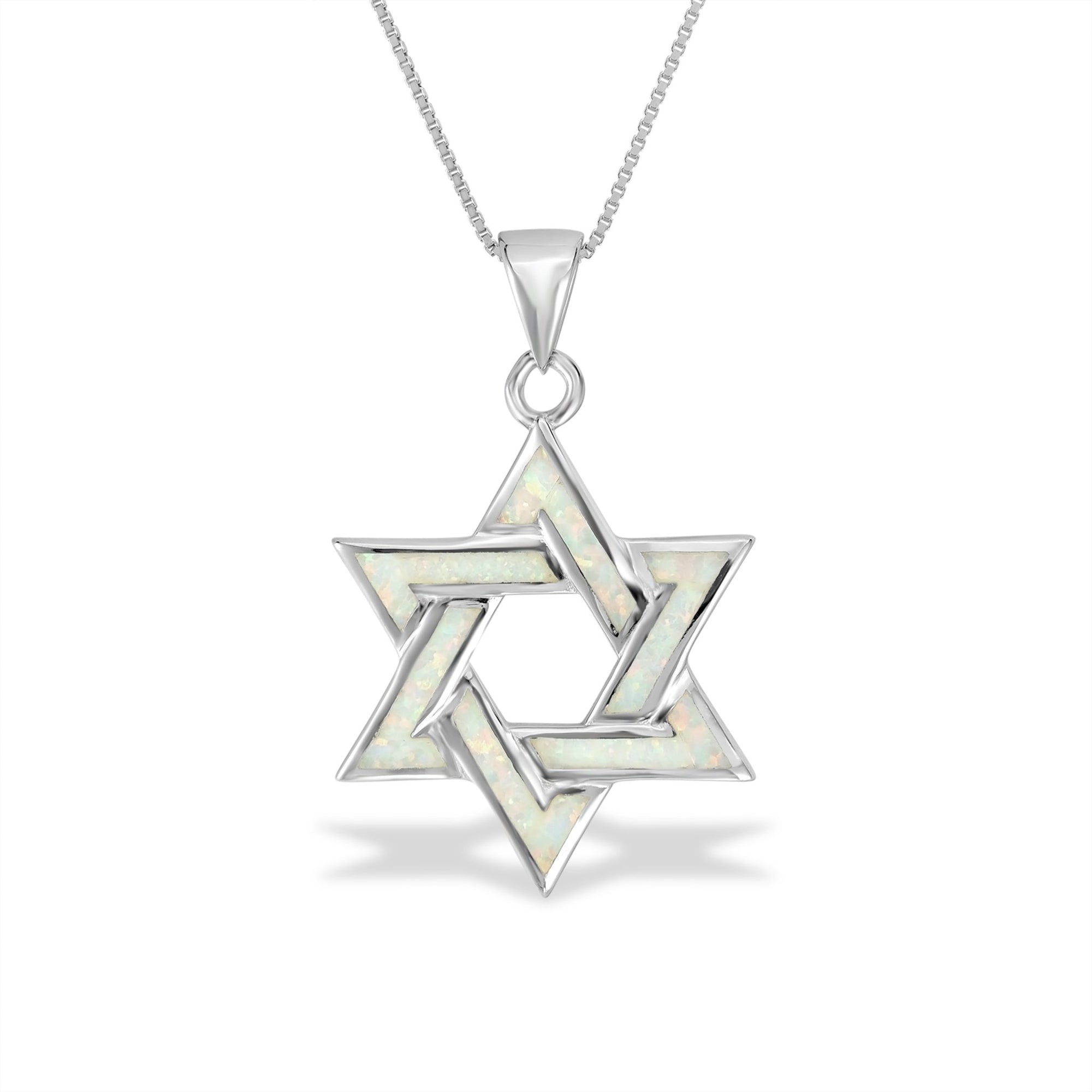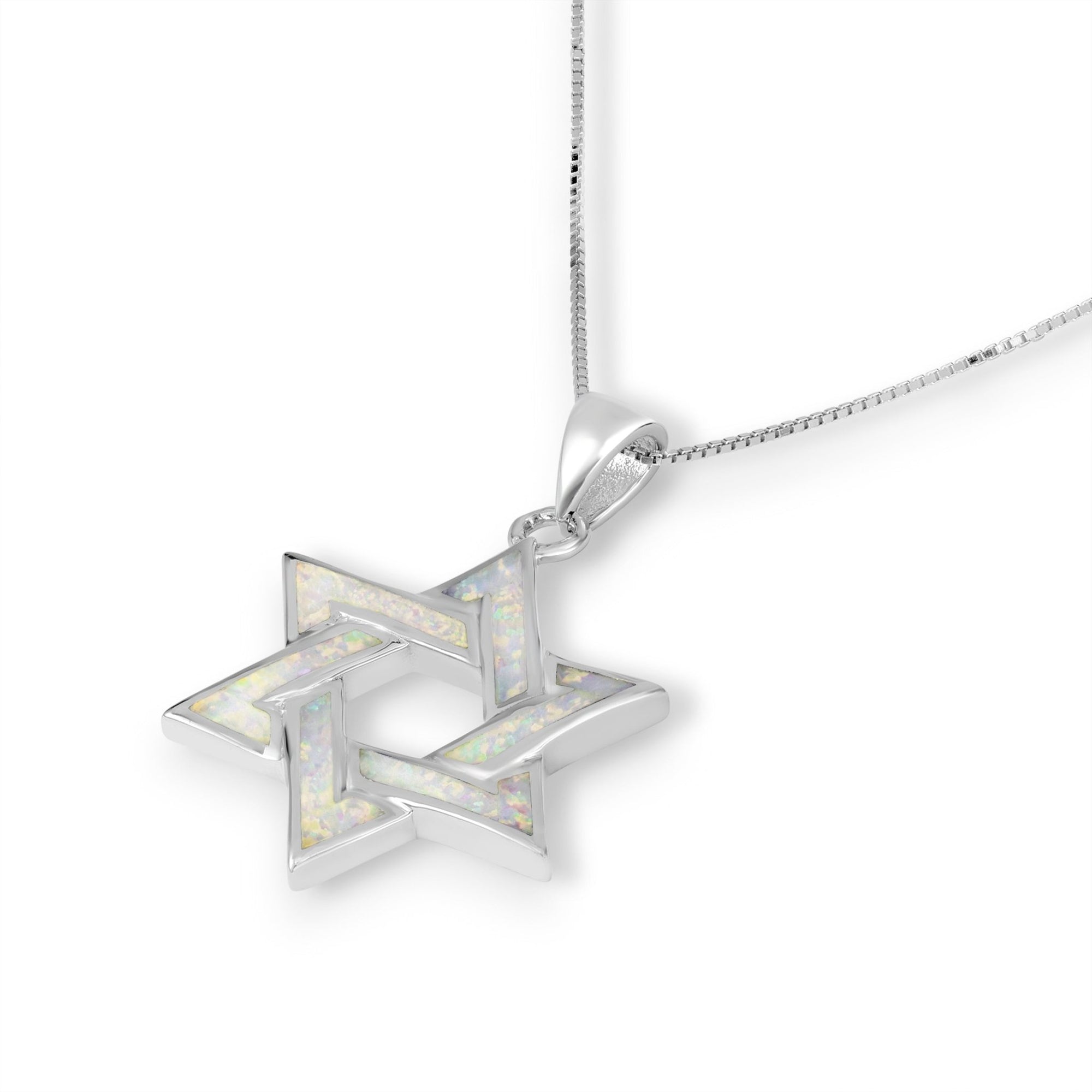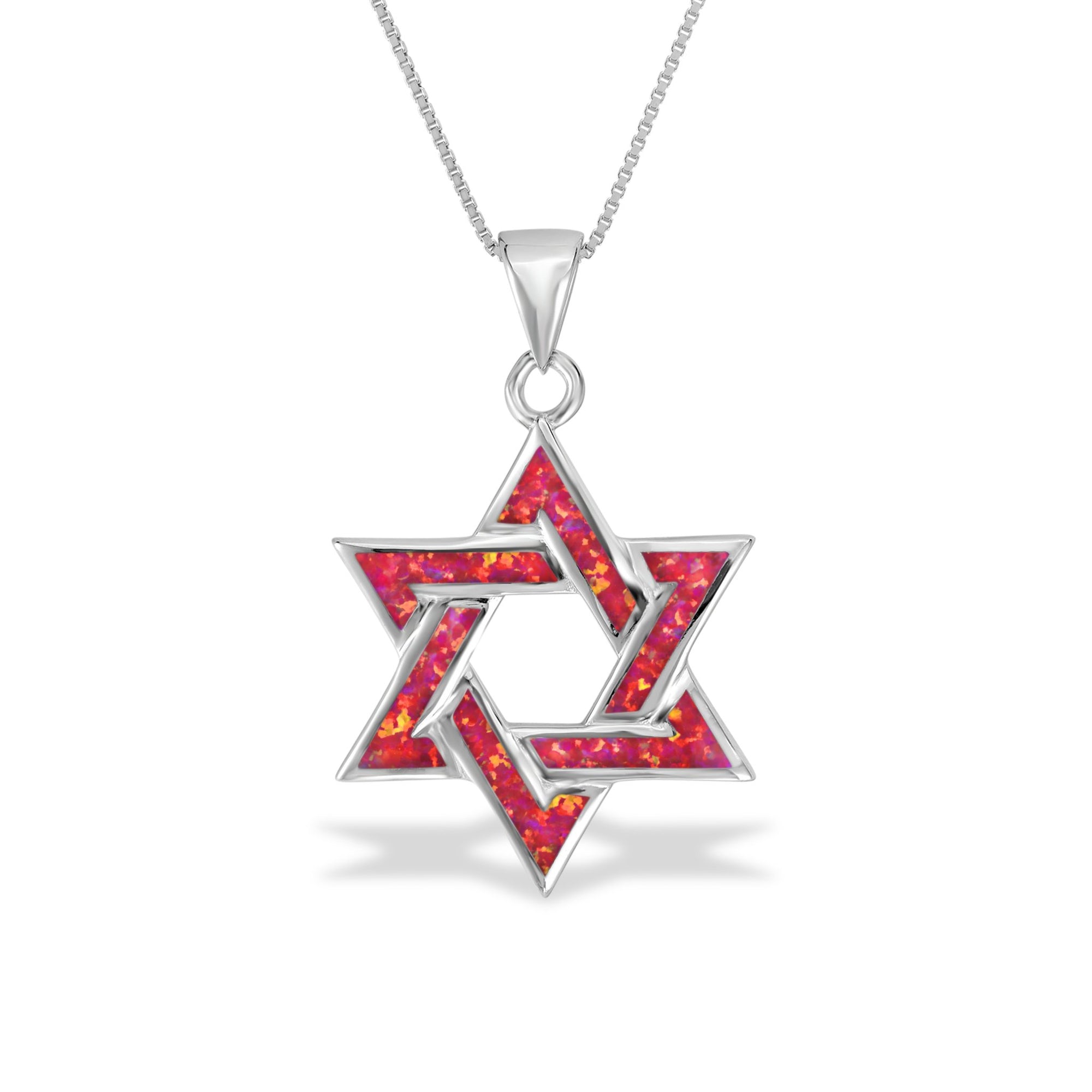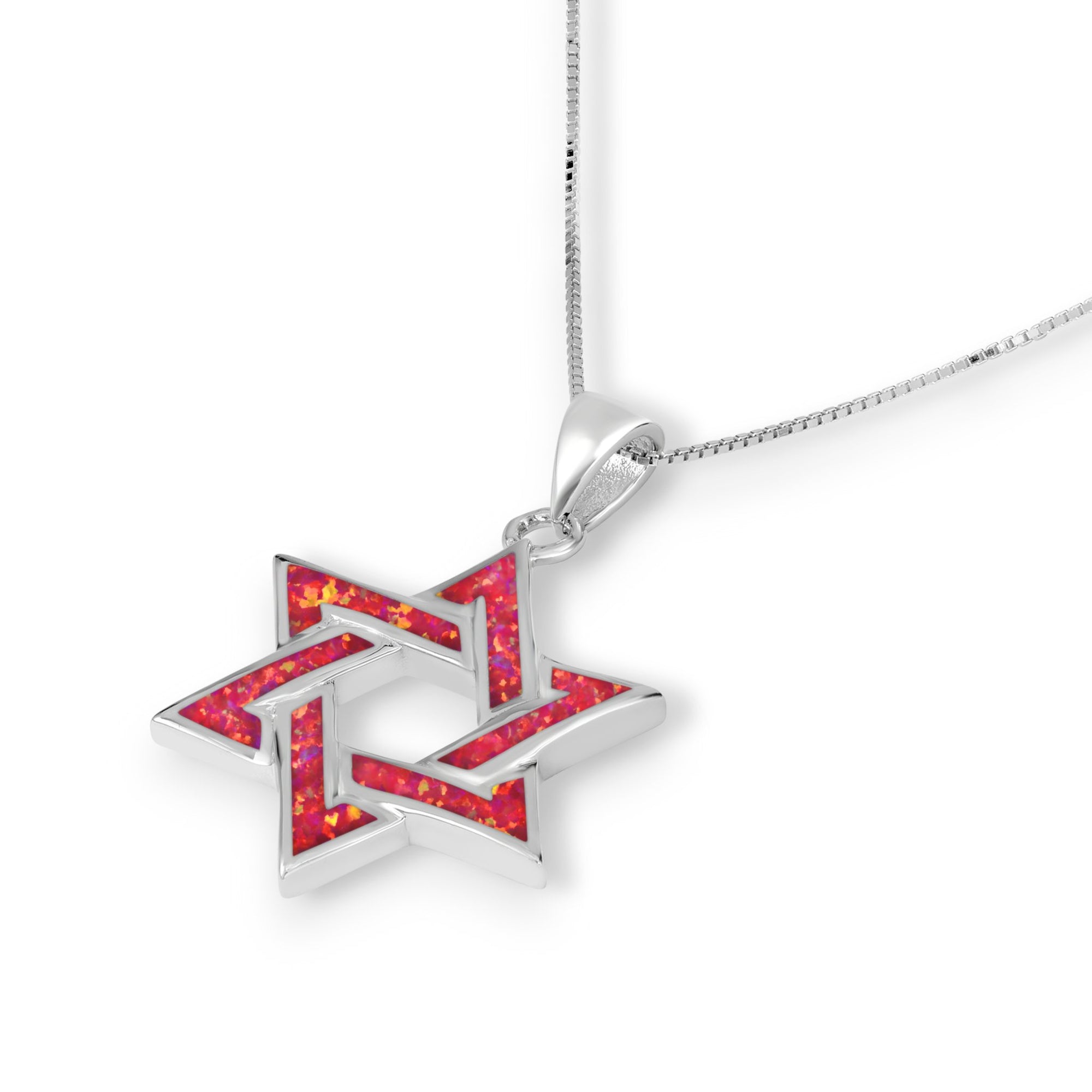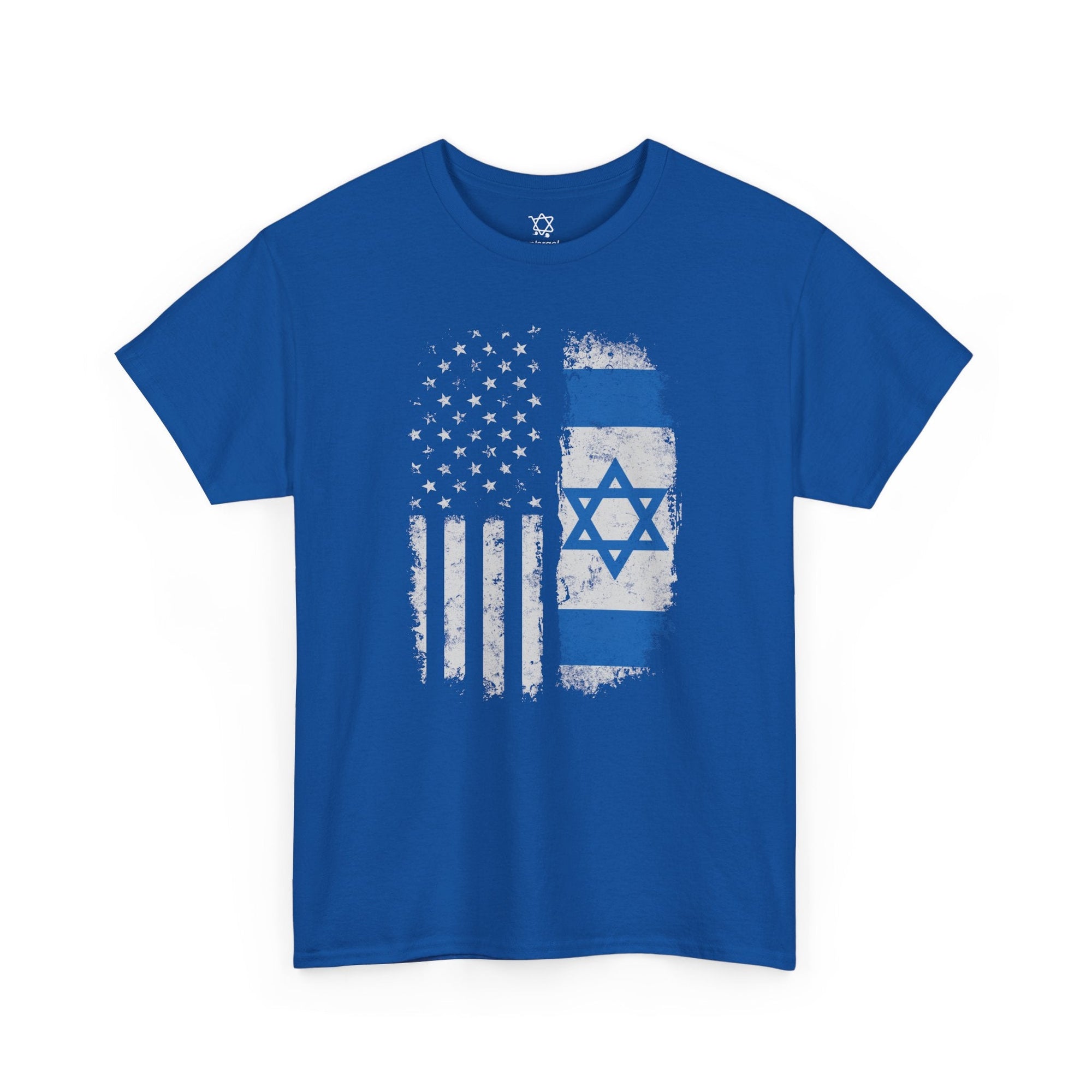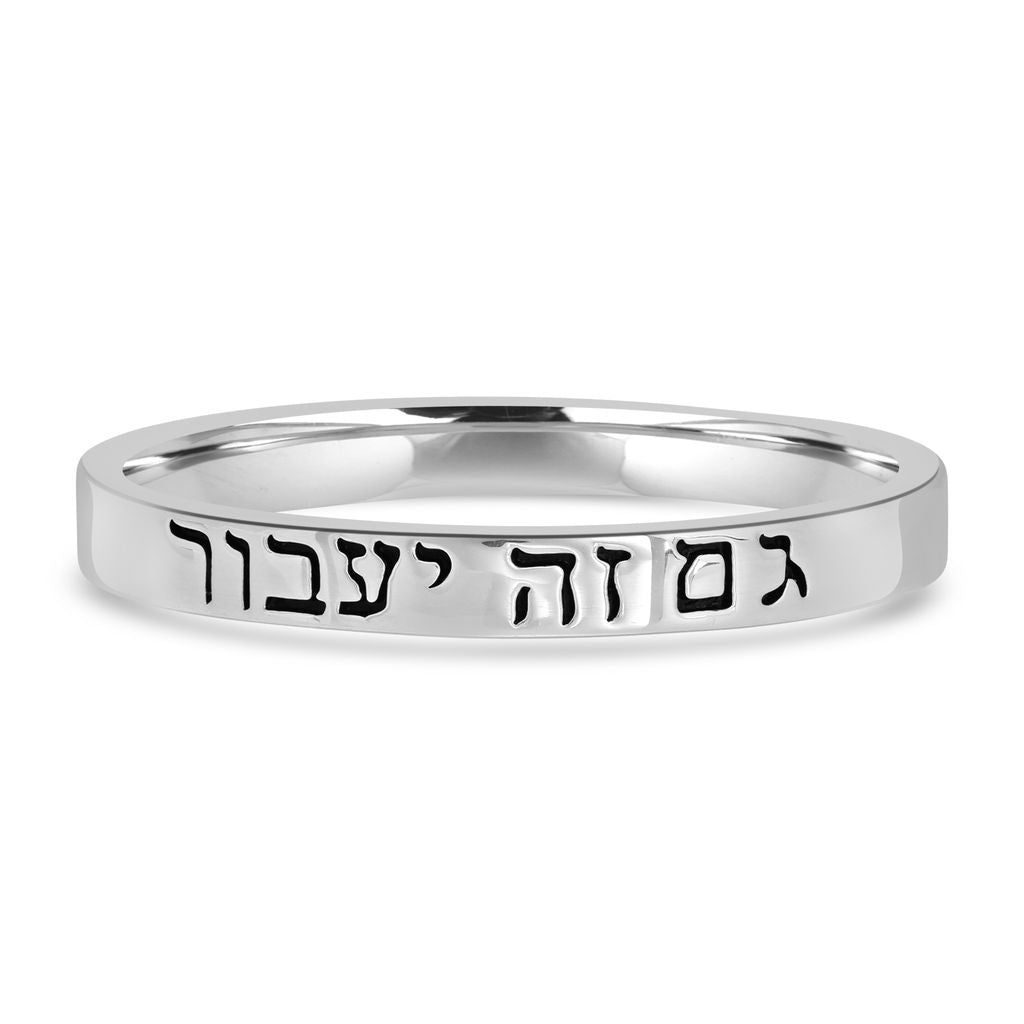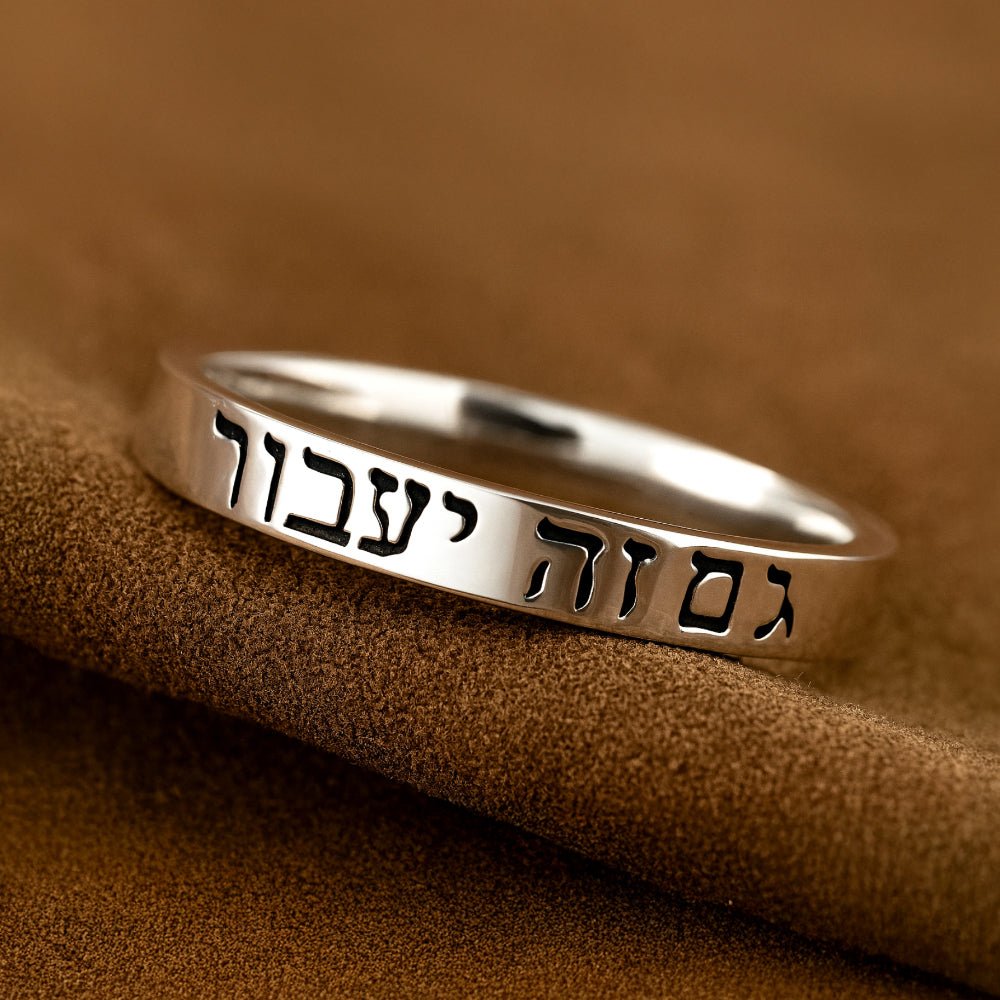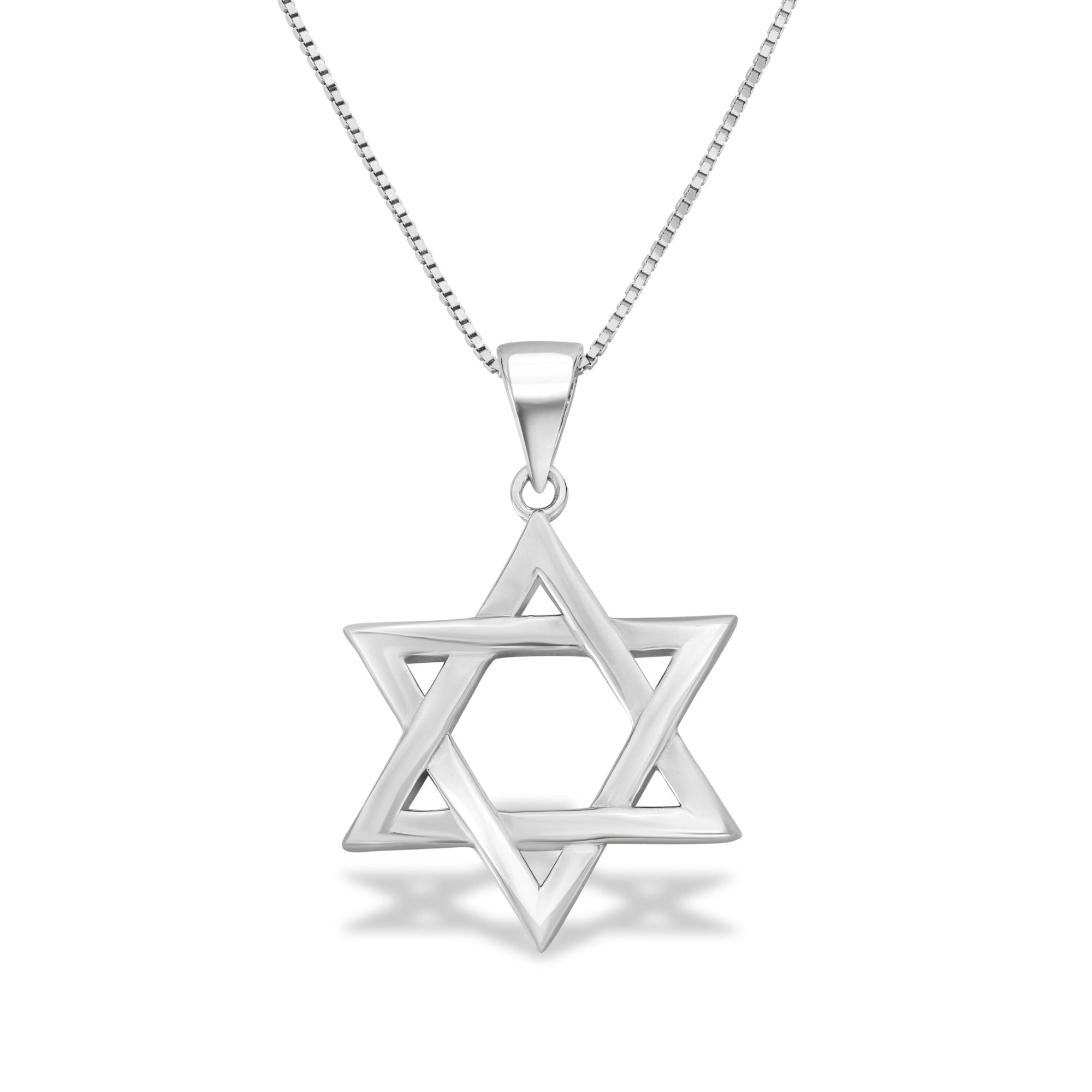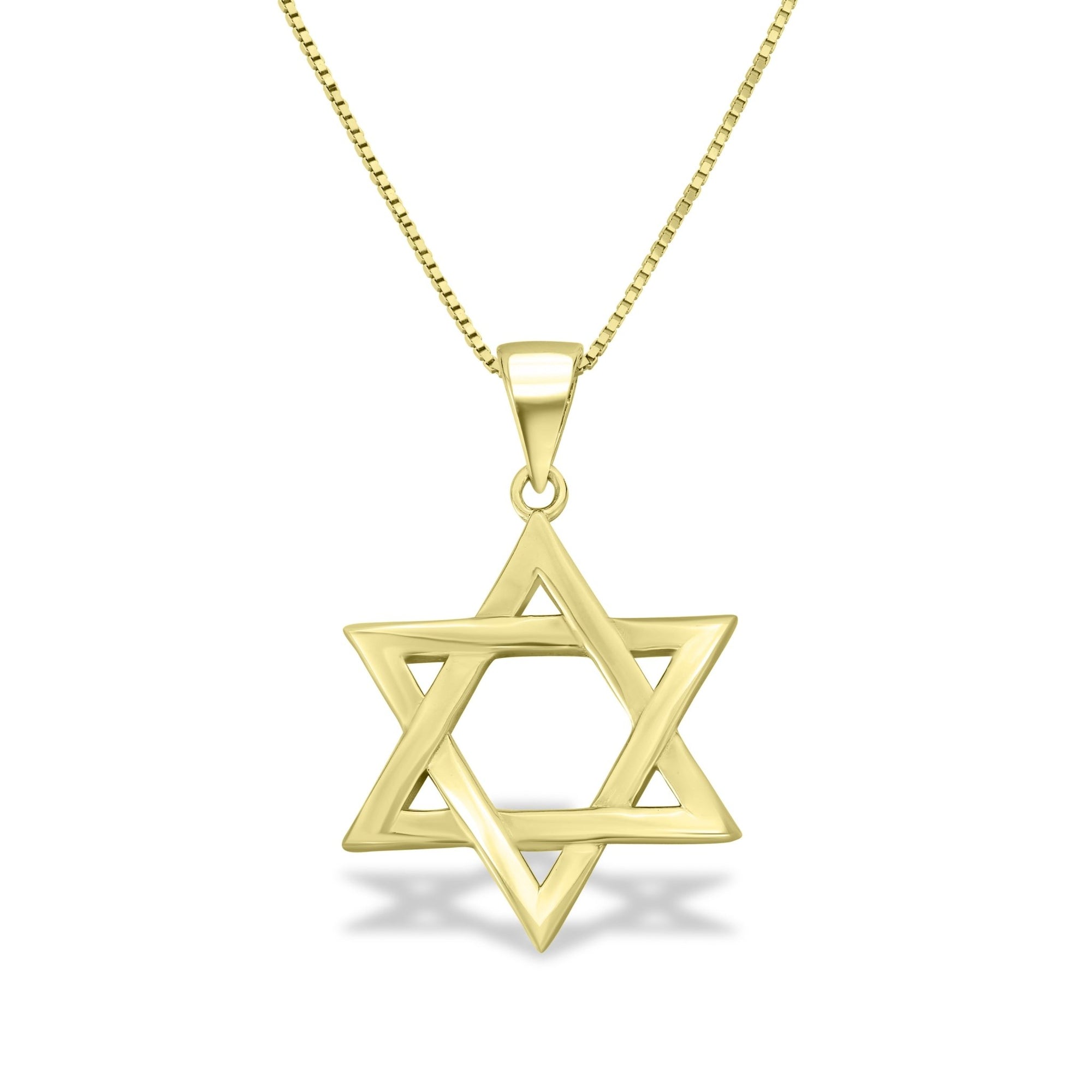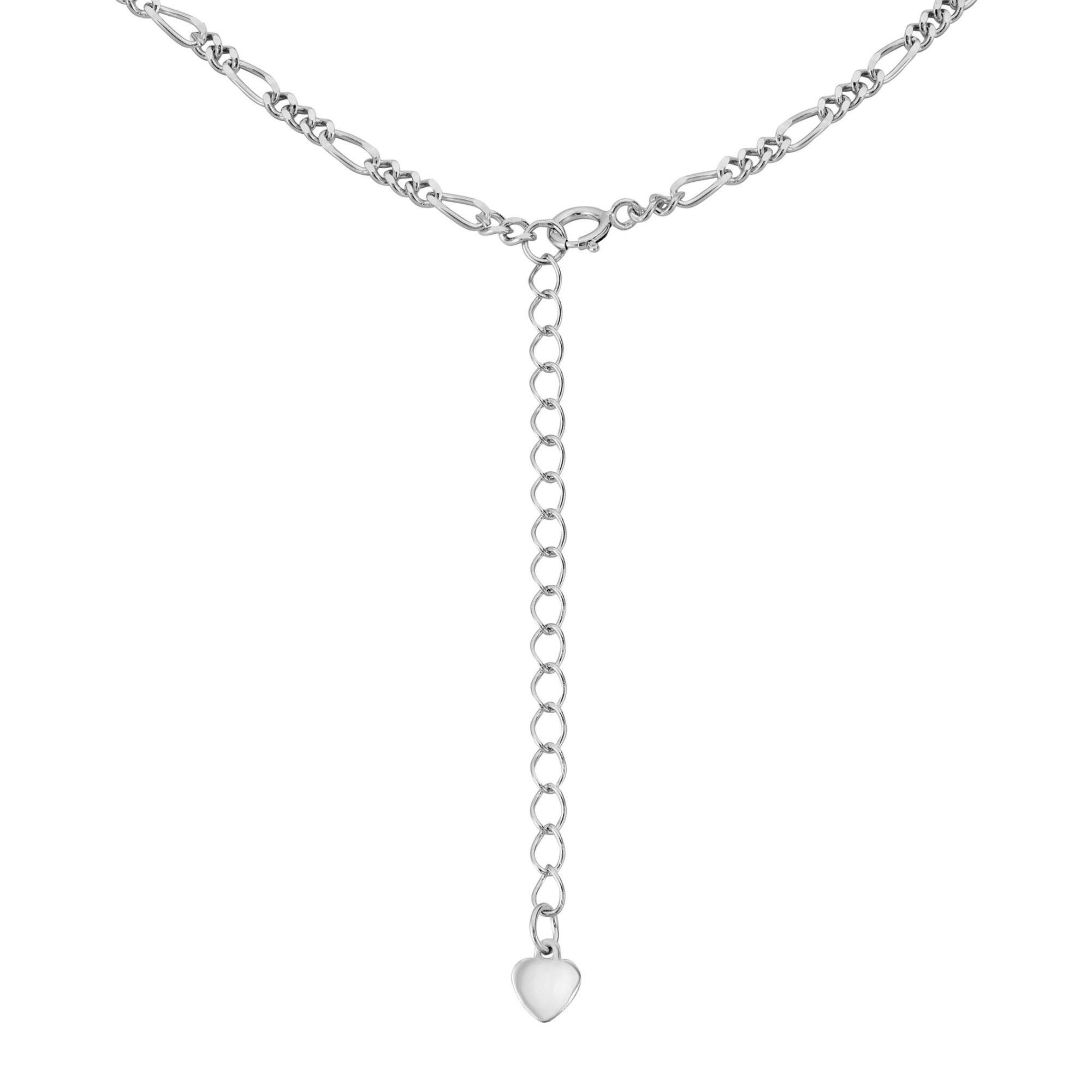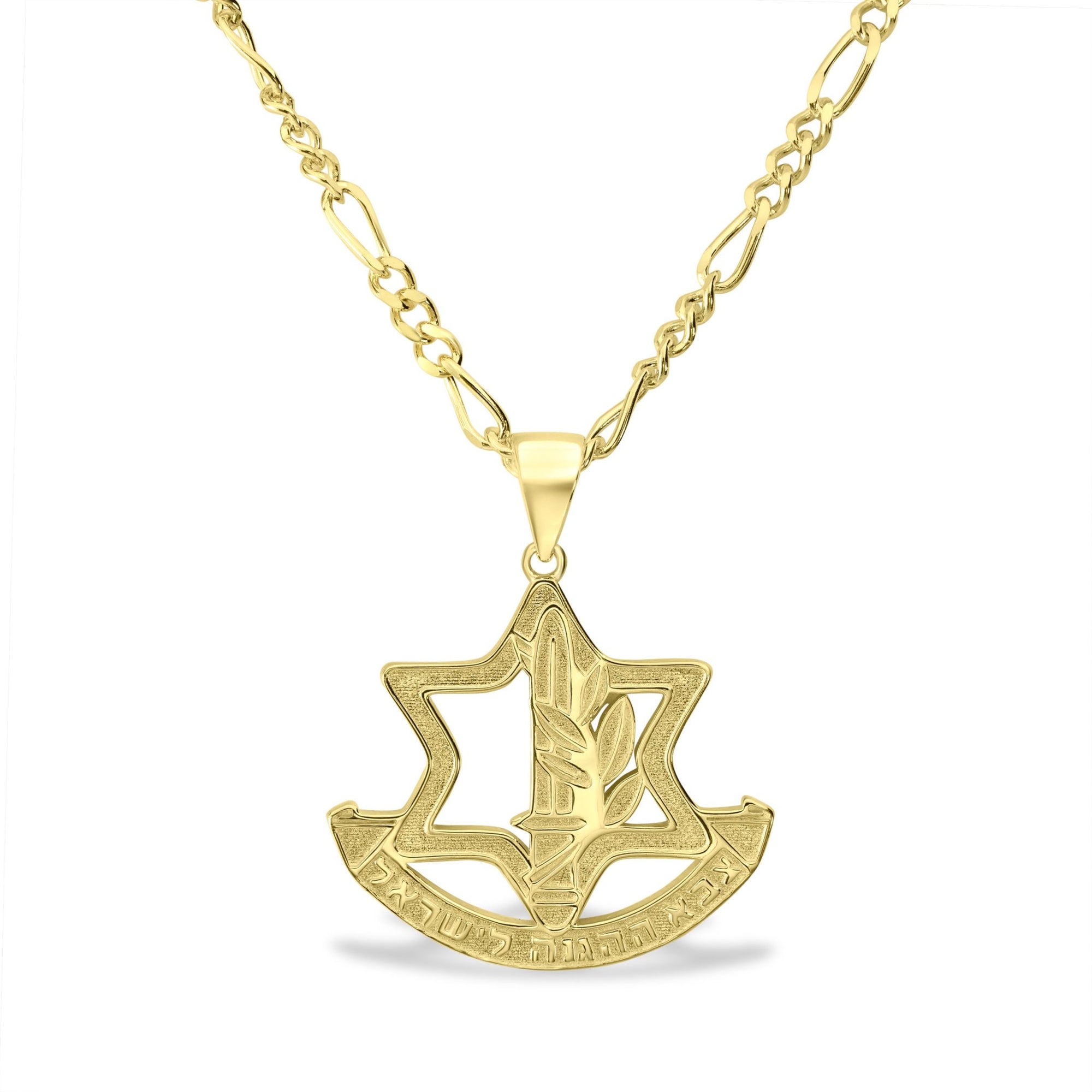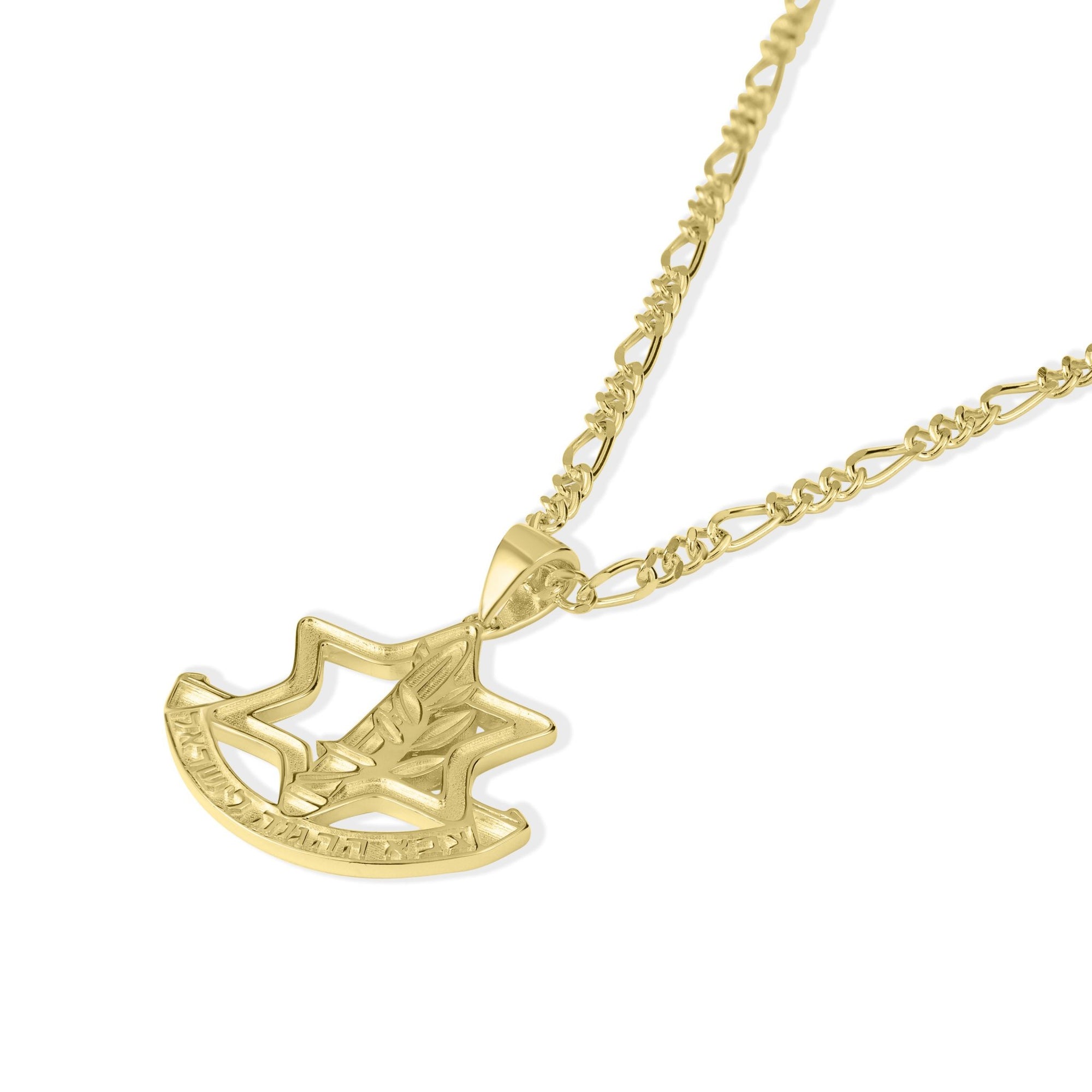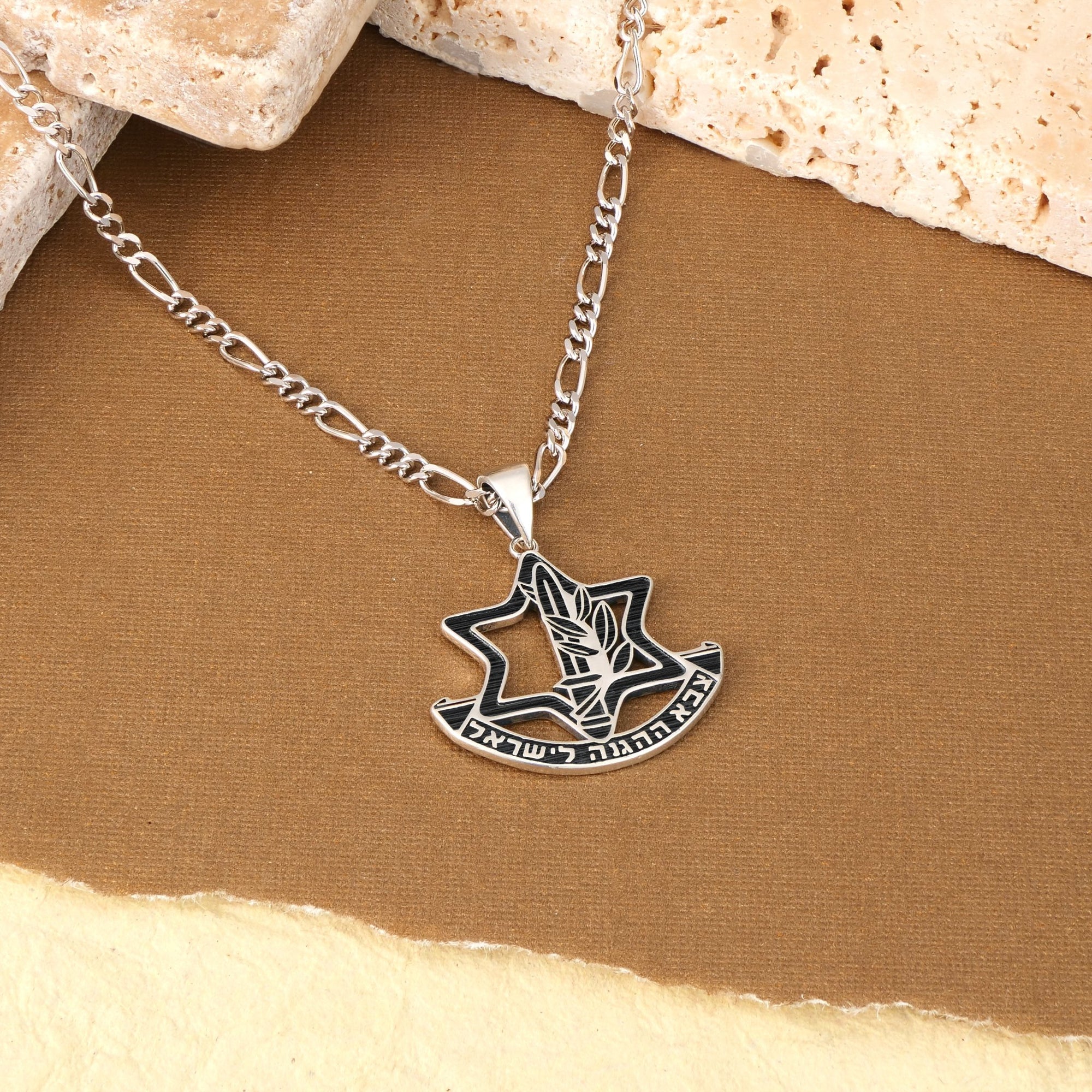Introduction to the Star of David’s Enduring Symbolism
The Star of David, or Magen David, is far more than a decorative motif; it is a profound emblem etched deeply into Jewish history, spirituality, and cultural identity. This article explores how the symbol’s rich historical, religious, and artistic dimensions converge in the realm of jewelry, transforming personal adornment into vessels of faith, resilience, and cultural expression. We journey through its historical origins, spiritual meanings, artistic interpretations, and its role as a powerful emblem of protection and remembrance.
Historical Roots and the Ascendancy of the Star of David in Jewelry Art
What is the historical background and significance of the Star of David in jewelry art?
The Star of David, also known as Magen David, holds a profound place in Jewish history and cultural identity. Its origins trace back to ancient times, with early decorative appearances on synagogue artifacts, tombstones, and seals dating from at least the sixth century BCE. Although its definitive origins remain somewhat mysterious, the symbol became indisputably associated with Jewish communities during the Middle Ages in Europe.
Throughout history, it served not only as a religious emblem but also as a symbol of divine protection and cultural unity. Its nickname, 'Shield of David', emphasizes its perceived role as a talisman of safeguarding and faith. In the late 19th century, the symbol was adopted by the Zionist movement as a unifying emblem of Jewish identity, symbolizing national pride and spiritual continuity. This significance culminated in its prominent display on the flag of Israel in 1948, marking its importance as a national symbol.
In jewelry art, the Star of David has transitioned from a decorative motif to a meaningful symbol representing Jewish faith, heritage, and resilience. It is commonly featured in pendants, necklaces, earrings, and rings, crafted in precious metals like gold and silver, often adorned with gemstones. These jewelry pieces serve as expressions of cultural pride, spiritual connection, and personal identity, embodying centuries of history and tradition.
Spiritual and Religious Significance Behind the Star of David in Jewelry

What are the spiritual and religious meanings associated with the Star of David in jewelry?
The Star of David, or Magen David, holds profound spiritual and religious significance, especially when worn as jewelry. This symbol is widely recognized as a mark of divine protection, signifying God's covenant with the Jewish people and their enduring faith. Its origins and interpretations reach deep into mystical traditions like Kabbalah symbolism, where the star represents the union of divine masculine and feminine energies, as well as the harmony between heaven and earth.
Historically, the Star of David has served as an emblem of Jewish identity, resilience, and spiritual continuity. During times of hardship, such as the Holocaust, it was forcibly used to mark and persecute Jews, but it was later reclaimed as a symbol of strength and hope. In jewelry form, the star becomes an outward manifestation of faith, protection, and cultural remembrance. Wearing it symbolizes a personal and collective connection to divine protection, heritage, and spiritual balance.
Aside from its primary association with Judaism, the symbol’s presence in various cultures and its ancient roots amplify its universal spiritual message. It embodies concepts of unity, divine presence in all directions, and the interconnectedness of the physical and spiritual worlds (six directions symbolism). For many, a Star of David necklace is more than decorative—it is a meaningful emblem of faith, cultural pride, and spiritual harmony that offers a sense of protection and divine connection.
The Star of David Across Cultures and Historical Periods

How has the Star of David's symbolism influenced different communities and eras?
The Star of David, or Magen David, has been a powerful symbol embedded deeply in Jewish history and identity. Its origins are somewhat mysterious, but it gained prominence as a mark of Jewish community and faith during the Middle Ages. Over time, it became a symbol of divine protection and resilience, especially after its adoption by the Zionist movement in 1897 and its appearance on the national flag of Israel in 1948. It embodies the balance of spiritual and earthly realms, represented by two interlocking triangles, and reflects mystical concepts from Kabbalah, such as the union of divine masculine and feminine energies.
Throughout different eras, this symbol has also taken on broader cultural meanings. Its six points are often linked to the six days of creation, with the center representing Sabbath, emphasizing spiritual harmony. The six points also symbolize the six directions—north, south, east, west, up, and down—highlighting God's omnipresence.
In addition to its central role in Judaism, the Star of David appears in various religions and cultures worldwide. In Hinduism and Buddhism, geometric symbols similar to the hexagram are used to represent harmony, balance, and spiritual insight. Its presence can be found in ancient artifacts, artistic motifs, and religious objects across diverse societies.
However, the symbol’s history is not solely celebratory. During the Holocaust, the yellow badge featuring the Star of David marked Jews for persecution by the Nazi regime. This tragic chapter imbued the symbol with connotations of suffering and resilience. Today, it serves as a reminder of the history of Jewish perseverance and the enduring quest for hope and protection (Yad Vashem exhibit, Jewish Women's Archive).
Below is a summary table illustrating its evolution over time, cultural relevance, and impact:
| Era/Period | Symbolic Meaning | Cultural Context | Notable Uses |
|---|---|---|---|
| Ancient era | Decorative motif | Early Jewish artifacts | Found in synagogue mosaics, textiles |
| Middle Ages | Identity and faith | Adoption by Jewish communities | Gravestones, religious texts |
| 17th-19th centuries | Resilience, community | Reinforced Jewish identity | On gravestones, synagogues, flags |
| 1897 onward | Zionist symbol | Jewish nationalism | Israeli flag |
| WWII | Persecution badge | Mark of suffering | Yellow badge during Holocaust |
| Post-1948 | Cultural pride, protection | Modern symbolism | Jewelry, cultural identity |
The symbol's influence stretches across eras and cultures, evolving from a simple decorative motif to a representation of divine protection, cultural identity, and resilience. Its complex history and multifaceted meanings make it a profound emblem transcending religious and cultural boundaries.
Design Diversity: Artistic Interpretations of the Star of David in Jewelry
Jewelry featuring the Star of David reflects a broad spectrum of artistic styles and interpretations, showcasing rich diversity across cultures and personal preferences.
Traditional designs often feature classic, symmetrical motifs crafted in precious metals like gold, silver, or platinum. These pieces may include intricate filigree work or detailed Hebrew inscriptions, emphasizing the spiritual and cultural heritage of the wearer. Such jewelry often depicts the star as a solid, geometric figure or a finely detailed openwork design, capturing its historical and religious significance.
Modern interpretations tend to favor minimalist and innovative approaches, sometimes employing abstract or stylized forms of the star. These contemporary designs might incorporate geometric patterns, asymmetry, or symbolic embellishments like the Lion of Judah, the Tree of Life, or Israeli maps, blending tradition with modern aesthetics.
Incorporation of motifs and gemstones is common, adding layers of meaning. Diamonds and sapphires are popular for their beauty and symbolism of eternity and protection. Birthstones or other gemstones are often used to personalize pieces, enhancing their emotional value. For more about symbolism in jewelry, see Jewelry Symbols and Meanings.
Design variations include intertwined or interlocking triangles, representing unity and connection. Some jewelry features the star combined with other symbols like the Hamsa or the heart, further expressing cultural or spiritual identity.
The styles also differ according to gender. Men’s jewelry tends to be bold, with larger, heavier pieces made for display, whereas women’s jewelry often features delicate, ornate designs suitable for everyday wear or special occasions.
This artistic diversity allows the Star of David to serve multiple roles—from a statement of faith and cultural pride to a personal token of resilience and hope. Whether through traditional craftsmanship or contemporary innovation, each piece communicates complex identities, blending history, spirituality, and personal meaning. For in-depth information about Star of David jewelry and its cultural significance, visit the provided resources.
Materials and Craftsmanship: The Artisans Behind Star of David Jewelry
Star of David jewelry showcases a blend of traditional artistry and modern techniques, making each piece both a work of art and a meaningful symbol. Typically, these pieces are crafted from precious metals like gold, silver, and platinum. Gold symbolizes purity and eternal faith, while silver offers a more accessible and everyday option. Platinum is prized for its durability and luxurious appearance.
Jewelry artisans often incorporate gemstones such as diamonds, sapphires, rubies, or other colorful stones to enhance visual appeal and add personal significance. These gemstones can be set in various styles, including prong, bezel, or pavé settings, to highlight the star’s intricate design.
Crafting techniques range from age-old methods to cutting-edge technology. Traditional methods include casting—the process of pouring molten metal into molds to create the star’s shape. Engraving adds detailed, decorative designs that often carry spiritual or cultural symbolism. Filigree work involves crafting delicate, lace-like metal patterns that give the jewelry elegance and intricacy.
Enameling is another historic technique used to add vibrant colors or patterns. This process involves fusing powdered glass onto metal surfaces, creating durable, colorful designs.
In recent years, modern technology has revolutionized jewelry making. Computer-aided design (CAD) allows artisans to draft precise, complex models digitally before manufacturing. Laser cutting and engraving further enable intricate detailing with high precision.
By combining traditional craftsmanship with modern innovations, jewelers produce Star of David pieces that are both beautiful and rich in symbolic meaning. Each item reflects the skill of artisans and the profound cultural and spiritual values embedded within the design.
Decoding Symbols, Inscriptions, and Marks in Star of David Jewelry
Jewelry featuring the Star of David often bears various symbols, inscriptions, and marks that offer insight into its cultural, religious, and historical background. These markings serve both functional and symbolic roles, adding depth to the piece's significance.
One common feature is hallmarks and purity indicators. These are stamped on jewelry to confirm the metal content, such as '750' for 18-karat gold, '925' for sterling silver, or specific symbols denoting platinum. These marks guarantee the authenticity and quality of the metal, essential for determining the jewelry's value and durability. For example, a jewelry piece with a tiny leopard head mark indicates London assay, while an eagle mark might signify French origin (Purity marks on jewelry).
Maker’s marks are another important aspect, usually stamped by the craftsman or jewelry manufacturer. These can include initials, logos, or symbols unique to certain artisans or brands. Such marks allow collectors and enthusiasts to trace the piece back to its origins, connecting it to specific workshops or time periods. Vintage pieces often feature distinctive maker’s marks that provide historical context (Antique symbols stamped on jewelry).
In addition to hallmarks, inscriptions—often in Hebrew—may be found engraved on the reverse or edges of the jewelry. These can include religious phrases, blessings, or personal messages intended for the wearer. Sometimes, inscriptions refer to specific biblical references or spiritual attributes, enhancing the symbolic meaning of the Star of David as a protector and divine symbol.
Understanding these features involves analyzing the symbols, inscriptions, and marks based on the jewelry’s context. This can be achieved through dedicated research into hallmark registers, historical records, and cultural studies. Interpreting these marks not only authenticates the jewelry but also deepens appreciation for its artistic and spiritual heritage (Jewelry symbols and meanings).
More information on how to decode these symbols and inscriptions can be found by searching terms like "Interpreting marks and inscriptions on Star of David jewelry," which provide guides and detailed explanations to help collectors and enthusiasts identify and understand the significance of these markings (Star of David jewelry).
A Symbol of Memory: The Star of David’s Role in Jewish History and Holocaust Remembrance

What is the role of Star of David jewelry in Jewish history, tradition, and Holocaust remembrance?
The Star of David, also known as Magen David or Shield of David, is a profound symbol with a layered history deeply intertwined with Jewish identity, faith, and resilience. Its origins trace back to ancient synagogue carvings and textiles, where it served initially as a decorative motif before gaining spiritual and national significance.
In the late 19th century, the Zionist movement adopted the Star of David as a central emblem of Jewish nationalism and collective identity. This recognition was solidified when it was chosen to appear on the flag of Israel during the First Zionist Congress in 1897, symbolizing hope, unity, and the revival of Jewish sovereignty.
However, the symbol’s history is also marked by suffering. During World War II, Nazi Germany forced Jews to wear yellow badges featuring the Star of David as a means of segregation, persecution, and dehumanization. This act turned the star into a mark of shame but also a badge of survival, resilience, and defiance for the Jewish people.
Jewelry crafted with the Star of David has played a vital role in memorializing these dark chapters. It has served as a reminder of the atrocities, a symbol of enduring faith, and an expression of resistance. Wearing or gifting Star of David jewelry today can evoke a profound connection to Jewish history, emphasizing remembrance and resilience.
Beyond its aesthetic appeal, the symbol in jewelry acts as an act of remembrance—affirming the ongoing identity and spirit of the Jewish community despite historical adversity. Whether used in heirloom pieces, memorial jewelry, or symbols of cultural pride, the Star of David continues to stand as a powerful reminder of past suffering and future hope.
In summary, Star of David jewelry encompasses a spectrum of meanings—from historical insignia, expressions of faith, to enduring symbols of remembrance and resilience against adversity, especially within the context of the Holocaust.
Symbolism and Semiotics: Communicative Power of the Star of David in Jewelry

Why is the Star of David considered an important talisman or emblem within Jewish culture and beyond?
The Star of David, or Magen David, holds profound significance as a symbol of divine protection and Jewish identity. Its six points mirror the six directions—north, south, east, west, above, and below—emphasizing God's omnipresence and omnipotence across all realms of existence. The overlapping triangles symbolize unity and balance, embodying the convergence of spiritual and material worlds, as well as opposing forces such as fire and water, within the tradition of Jewish mysticism.
Historically linked to King David and later embraced by the Zionist Movement, the Star of David became a representation of Jewish pride and resilience. It appeared on the Israeli flag and has been used throughout history on religious artifacts, Jewish gravestones, and, notably, as the yellow badge during the Holocaust, which transformed it into a symbol of suffering and survival.
In modern times, this iconic symbol is widely worn as jewelry—pendants, rings, and earrings—as a personal talisman offering protection, spiritual connection, and cultural unity. Its enduring presence in jewelry underscores its role as a powerful emblem that traverses religious, cultural, and political boundaries, fostering collective identity and individual faith.
What semiotic and communicative messages are conveyed through jewelry featuring the Star of David?
Jewelry decorated with the Star of David carries multifaceted semiotic messages, acting as a visual language of faith, protection, and cultural continuity. The symbol signifies allegiance to Jewish tradition, serving as a tangible affirmation of spiritual identity. Its presence in personal adornment signals a connection to heritage, family, and shared history, often evoking feelings of pride, hope, and resilience.
Through design choices—such as incorporating precious metals like gold symbolizing purity and eternity or titanium emphasizing durability and hypoallergenic qualities—the jewelry communicates values of strength, faith, and personal significance. The circular shape of many pieces reflects the cyclical nature of time and tradition, reinforcing the idea of ongoing cultural and spiritual continuity.
Furthermore, the Star of David in jewelry often acts as a talisman against negative energies, symbolizing divine protection. It also messages collective solidarity, especially during times of hardship, such as the Holocaust, where it reminds wearers of endurance and the unbreakable spirit of the Jewish people. Overall, jewelry featuring this symbol is a powerful non-verbal form of communication that expresses identity, hope, and spiritual connection across different social and cultural contexts.
More about the semiotics of Star of David jewelry
Understanding the semiotic impact of the Star of David in jewelry reveals how symbols communicate complex layers of meaning beyond their visual appearance. They serve as cultural artifacts that encapsulate beliefs, historical experiences, and collective memory, making each piece a vessel of personal storytelling and communal identity. This layered symbolism enriches the wearer’s connection to their heritage and affirms their place within a long-standing spiritual tradition, demonstrating the timeless power of visual language in cultural expression.
Enduring Legacy of the Star of David in Jewelry Art
From its ancient origins to its contemporary expressions, the Star of David remains a profoundly evocative symbol within jewelry art. Its layered meanings of faith, protection, cultural identity, and resilience transcend time, encompassing joyful celebrations and somber memories alike. Whether through meticulously crafted gold and silver pieces or minimalist modern designs, jewelry bearing the Star of David continues to bridge spiritual beliefs with artistic innovation. As a talisman, a memorial, and a proud emblem of heritage, it invites wearers and admirers to connect deeply with a shared history and an enduring legacy of hope and unity.














